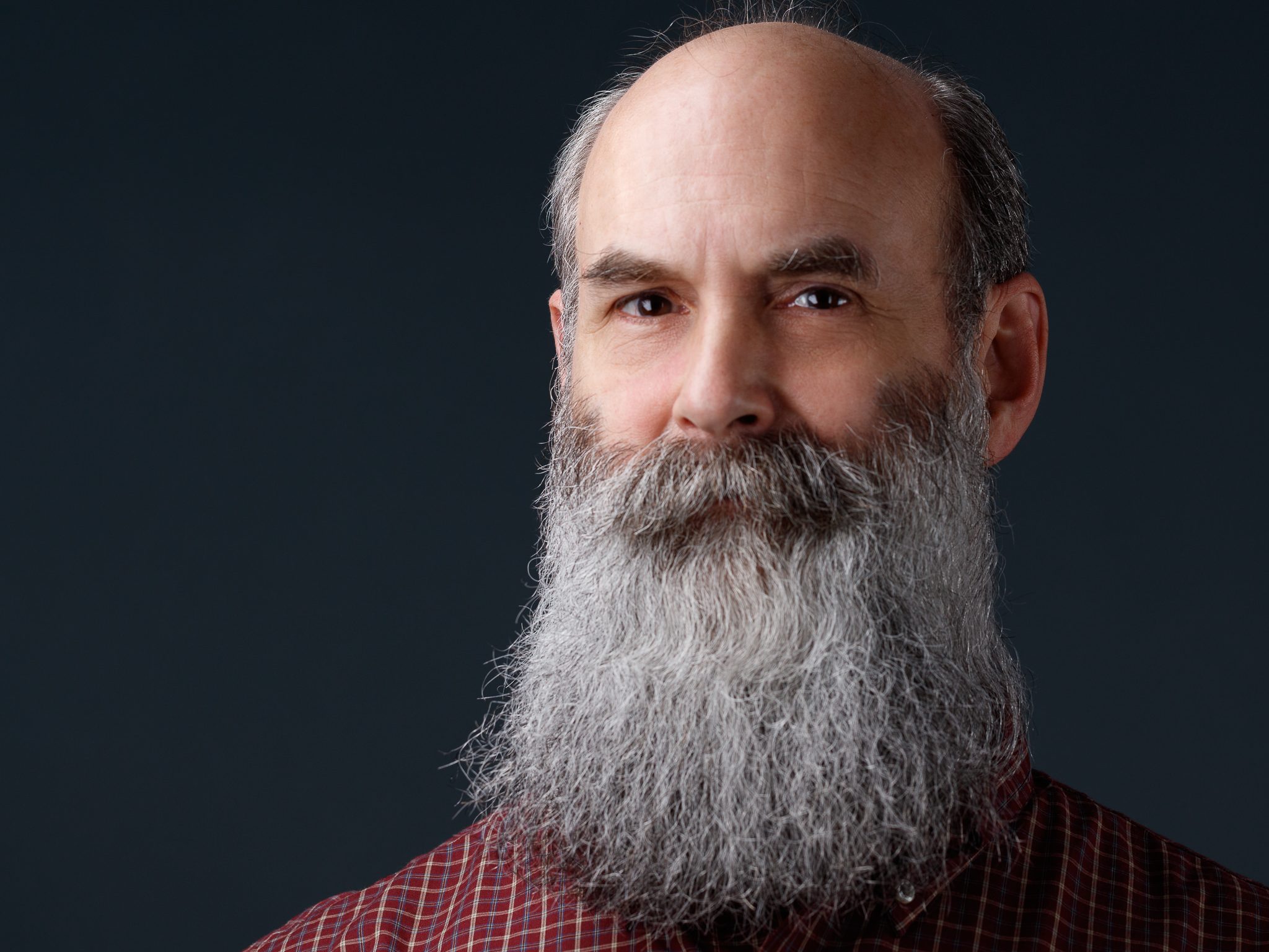I meant to write this a few days ago. The lapsed time has turned what would have been a provisional conclusion into one of which I am fairly certain. The recent steep decline and fast rise in reported cases per day seem to mostly be an artifact of the long holiday weekend rather than a real change in infection rates. Weekends tend to have low numbers as do holidays. So it makes sense that a long holiday weekend would have especially low rates and over a longer period. We saw the same thing happen with Memorial Day, though to a lesser degree. Here is the national graph based on a 7 day rolling average. This is my standard graph, you can see the Labor Day dip clearly.
Notice that the thick blue line for the 7 day average drops sharply at Labor Day, but after a few low days it rises back up and has started to level off at close to where it was before the holiday. I’ve seen some speculation that we may see a rise in cases as the result of the lack of social distancing over Labor Day weekend. That’s still possible, but I think we’re not seeing it yet. It took about 3 weeks after Memorial Day for the rise in cases to show up in the moving average. That scale means we’re a week out from seeing any surge from Labor Day.
It’s worth remembering that Labor Day comes in the context of a return to school and the risks that brings for those in a face to face setting. Add in the change in season, with more time spent indoors and all of the usual sniffles that people get this time of year, and we should expect some increases. Consider someone who has an asymptomatic case of COVID. As we move into fall, such a person is more likely to be indoors and more likely to have some mild illness that includes sniffles, sneezing, or cough than they would have been in summer. A person with COVID and a cold is more likely to infect others than a person with just COVID.
I’ve noticed myself relaxing my guard over the last couple of months. I’m more likely to go into a store than I was, less likely to immediately disinfect every possible contamination vector. Some of this is from our having gained a better understanding of the risks. We have found that you are less likely to be infected by a parcel than we had feared, but more likely to be infected by being maskless indoors. But some of it is also just the passage of time. The longer COVID draws on, the more “normal” it feels. We may also feel that the fact that we haven’t gotten it yet means that the danger is lower than we thought. Human brains have a tendency to discount risk after a period of time. Those of us who haven’t been in a major accident probably underestimate the chance that we will be in one.
But fall brings some very real increase in risk. As colds and the flu increase, so will the possible transmission vectors for COVID. As the weather cools, we’ll spend more time in higher risk areas. I’m going to reevaluate my practices and work on being more cautious. I don’t want to be a vector for someone else getting a potentially debilitating or fatal disease, nor do I want to get it myself. We should probably all increase our guard for the next 6 months just on this basis.
Right now, we sit at about 40,000 reported cases per day, twice what we say in early June. A surge starting from this level would be far worse than the one we saw in July. While we do have better treatment options now than we did, high transmission rates can still overwhelm medical facilities. Vaccines are still many months away, at least in the quantities needed. There are some promising treatments on the horizon that may also help. But my read is that we will need to count on social distancing, masks, and hygiene until at least Spring and maybe until next Fall.
